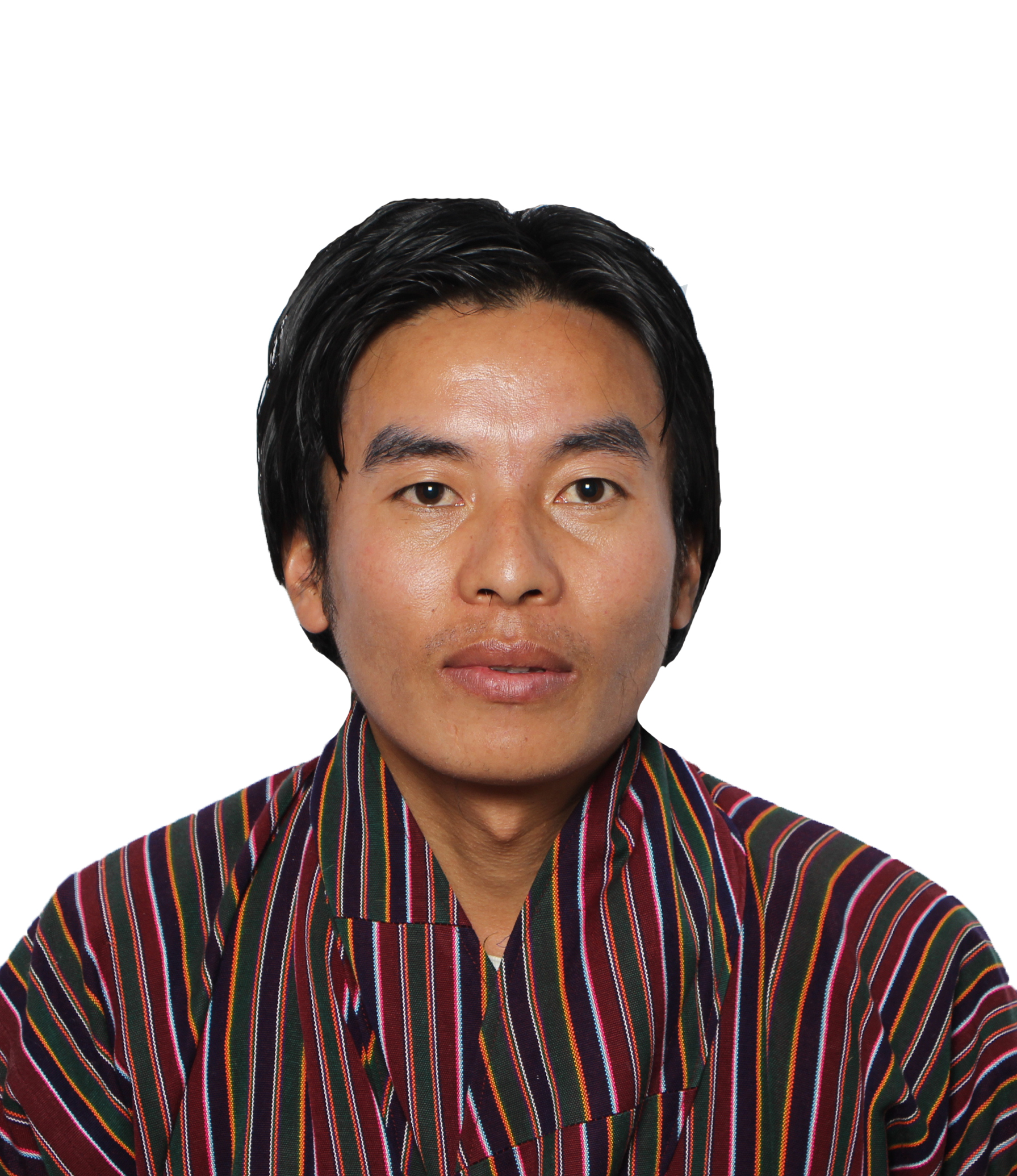Find Answers
Answers is a platform that offers a thorough FAQ resource for Bhutan’s tourism. It covers essential topics such as travel tips, visa requirements, must-see attractions, cultural insights, and local customs, ensuring travelers have all the information they need for an enriching experience in Bhutan
The best times to visit Bhutan are during the spring (March, April & May) and fall (September, October & November) when the weather is pleasant and the skies are clear.
All foreign visitors (except Indian, Bangladeshi, and Maldivian nationals) need a visa to enter Bhutan. You must book your trip through a licensed Bhutanese tour operator or an international partner. The tour operator will handle the visa application on your behalf.
The main international airport in Bhutan is Paro International Airport. There are direct flights from cities like Bangkok, Delhi, Kolkata, Kathmandu, and Singapore. Druk Air and Bhutan Airlines are the two airlines that operate flights to Bhutan.
Travel within Bhutan is primarily by road. Your tour package will include transportation, usually by a private car or minibus with a driver
Bhutan offers a range of accommodations, from luxurious 5-star hotels to budget guesthouses and homestays. Your tour operator will arrange your accommodations based on your preferences and budget.
Yes, Bhutan has a rich cultural heritage. Dress modestly, especially when visiting religious sites. Remove your shoes before entering temples and monasteries. Avoid pointing at people or religious objects, and always ask for permission before taking photos of people.
It is advisable to check with your doctor about any vaccinations or health precautions before traveling. Carry basic medication and a first-aid kit. Drink bottled or boiled water to avoid stomach issues.
Bhutan is generally considered very safe for travelers. The crime rate is low, and the people are known for their hospitality and kindness.
Bhutan has a minimum daily package cost which includes accommodation, meals, a licensed tour guide, internal transport, and camping equipment if needed. The tariff is $200 USD per person per night in the off-peak season (January, February, June, July, August, December) and $250 USD per person per night in the peak season (March, April, May, September, October, November).
Major hotels and shops in cities accept credit cards. However, in rural areas, cash is preferred. ATMs are available in cities, but it’s advisable to carry enough cash for your trip.
Most hotels and cafes in major towns offer Wi-Fi, but the speed and connectivity might not be as reliable as in other countries. Mobile data services are available, but it’s a good idea to check with your service provider about international roaming charges.
Pack according to the season. Layers are recommended as temperatures can vary. Bring comfortable walking shoes, a hat, sunscreen, a raincoat, and any personal medication you might need.
Tipping is not mandatory but is appreciated. You can tip your guides, drivers, and hotel staff if you are satisfied with their services.
NB:If you have any specific questions or need further details, feel free to ask!

